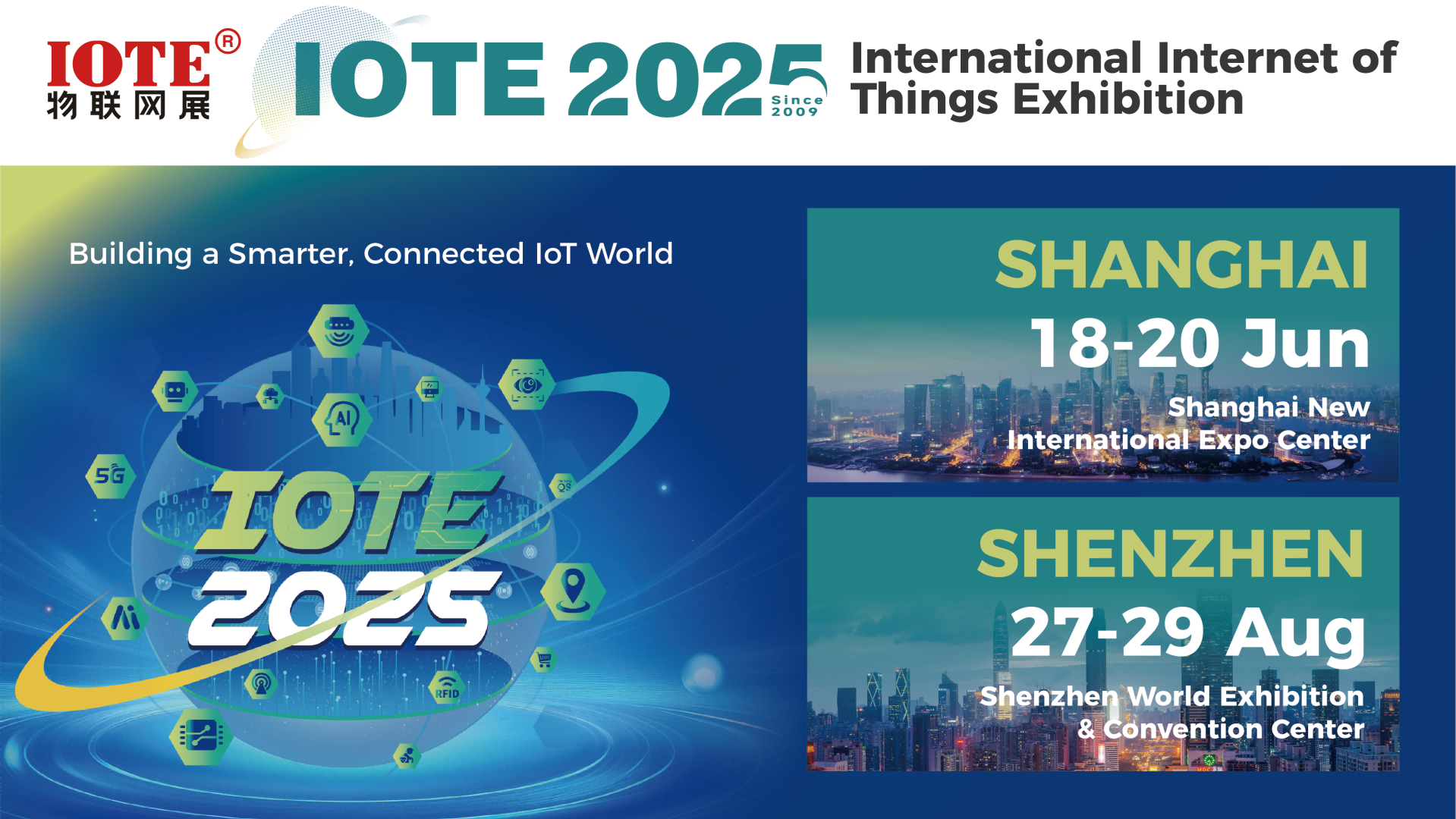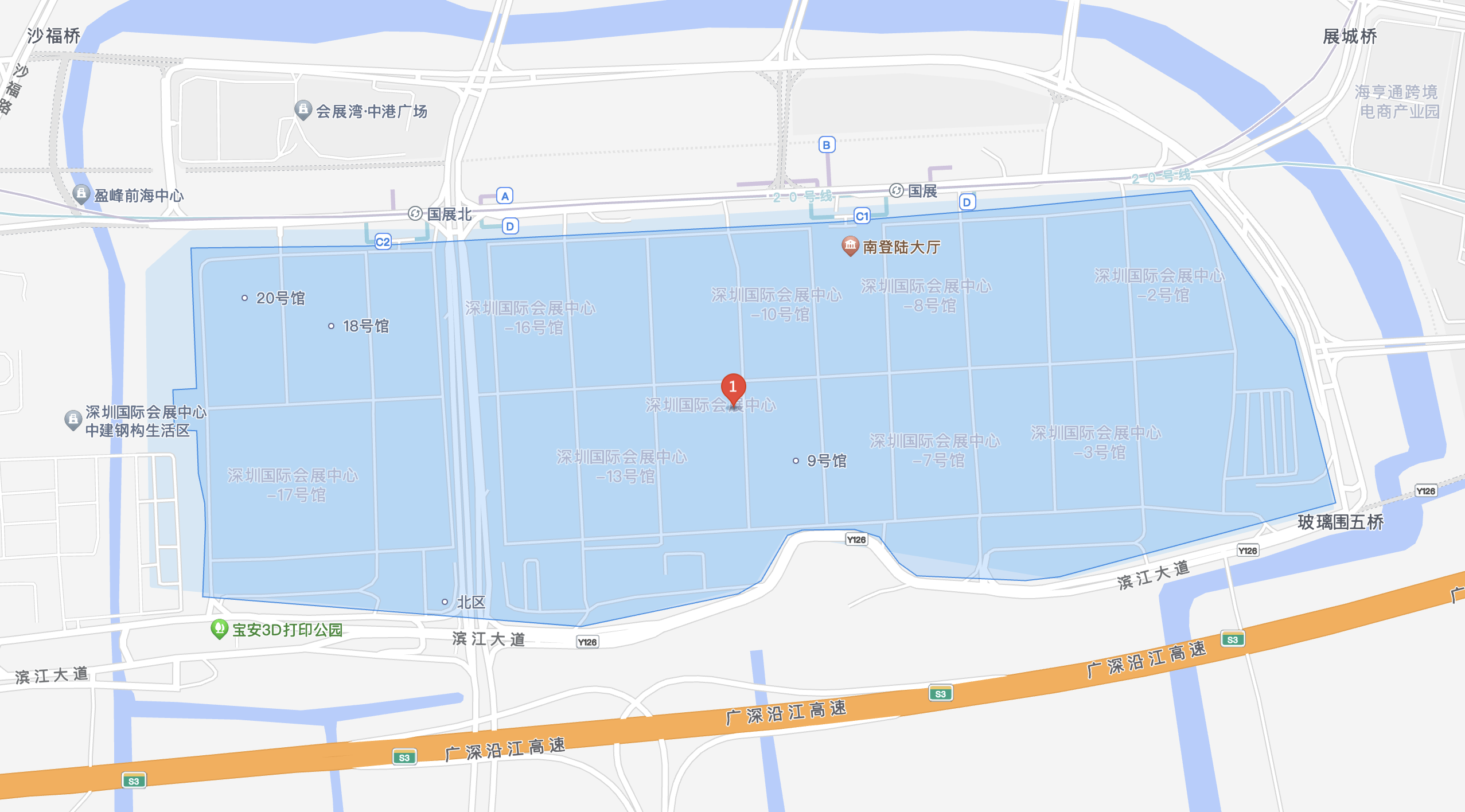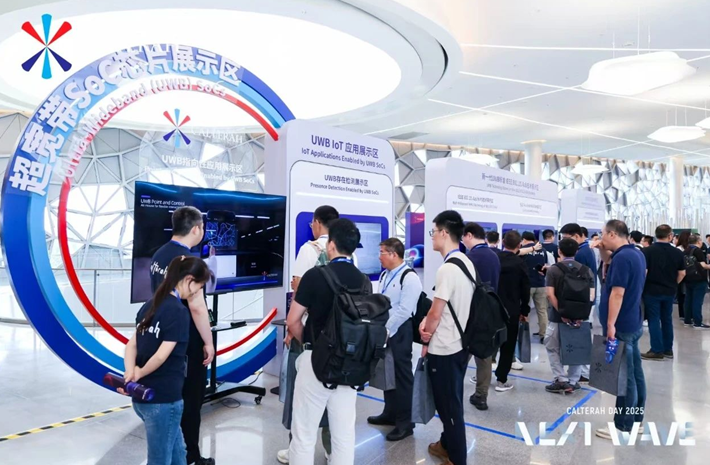
On June 6, Calterah, a world-leading automotive-grade wireless sensing and communication chip company, held the "2025 Calterah Day" event at the Zhangjiang Science Hall in Pudong, Shanghai. On the day of the event, Calterah released the world's first automotive-grade UWB SoC chip that complies with the new IEEE 802.15.4ab standard - Dubhe, marking Calterah's world-class breakthrough in the field of UWB technology.
Deeply engaged in UWB, more than 60 patents have been applied for
According to Dr. Jiashu Chen, founder and CEO of Calterah, Calterah has built a variety of core competitiveness over the years, including automotive-grade wireless SoC development capabilities, all-round technology accumulation from semiconductors to systems, complex digital-analog hybrid chip mass production capabilities, and "me-first" innovation culture.
These advantages, coupled with deep insights into new RF technologies and precise market analysis, prompted Calterah to form a UWB R&D team of more than 100 people in 2023, including 50 senior experts in the field of wireless communications.
The team actively participates in the formulation of new standards for the IEEE 802.15 standard organization and has 5 voting members. By enabling UWB with the algorithms and antenna technologies accumulated in the field of millimeter-wave radar for ten years, Calterah has applied for more than 60 patents in the UWB field, including 2 standard essential patents.
22nm process, the industry's first radar architecture that supports 2-transmit 4-receive
At this event, Xiao Junming, head of Calterah's advanced connectivity product line, introduced the company's latest automotive-grade UWB SoC chip Dubhe in detail, and explained its four major innovative features:
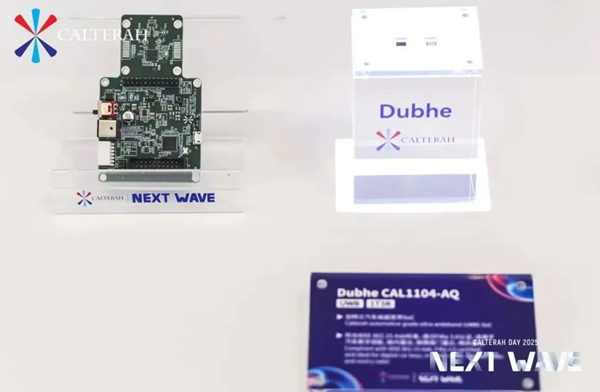
Leading standards: Dubhe chips fully support the latest IEEE 802.15.4ab standard. This standard has achieved major upgrades in physical layer rate and ranging packet structure, laying a solid foundation for high-precision ranging and secure communication.
Link enhancement: With the help of MMS (Multi-Millisecond) technology, Dubhe chips have successfully implemented Link Boost link enhancement mode. In an unobstructed environment, Dubhe's ranging capability reaches 400 meters, significantly exceeding the performance of existing standards.
Radar integration: As the industry's first chip to support 2-transmit 4-receive radar architecture, Dubhe provides multi-function multiplexing capabilities and can be widely used in a variety of scenarios including digital keys, in-cabin liveness detection, and kicking tailgates, greatly expanding the application scope of UWB technology.
Energy efficiency optimization: Based on TSMC 22nm process design, Dubhe chips have significantly reduced power consumption compared to existing mainstream products, thereby ensuring longer standby time and more stable performance.
UWB expands multiple scenarios and accelerates implementation
Not long ago, a mobile phone brand released a new phone equipped with UWB technology, which linked to cars equipped with UWB to realize functions such as autonomous welcoming, non-sensing door unlocking, and non-sensing trunk unlocking, which once again attracted the attention of the consumer market to UWB digital car keys. UWB technology, with its large bandwidth, high-precision positioning, and anti-interference characteristics, effectively solves the shortcomings of traditional digital keys and greatly improves the user experience of digital car keys.
Thanks to the technical advantages of UWB, its application in the automotive field has more possibilities, including but not limited to digital car keys, liveness detection radar, kick/reverse/automatic parking radar, BMS power management, etc. In addition, UWB technology can also realize multiple communications and collaborations such as car-to-car, car-to-road, and car-to-cloud, improve the vehicle's perception of the surrounding environment, thereby improving the efficiency and safety of traffic, and assisting autonomous driving and intelligent transportation.
According to the latest statistics from AIoT Star Chart Research Institute, the sales volume of domestic automobile brands with UWB digital car key function will be around 1 million in 2024. It is estimated that the shipment volume of UWB chips in the Chinese automobile market will reach 45 million pieces in 2026 and 108 million pieces in 2029.
Whether it is millimeter wave radar chips or UWB, we expect Calterah and more industry partners to adhere to safety as the cornerstone, accelerate the pace of advanced technology to benefit everyone, and jointly promote safe, intelligent, smooth and fast driving and life experience.
This paper is from Ulink Media, Shenzhen, China, the organizer of IOTE EXPO (IoT Expo in China)
